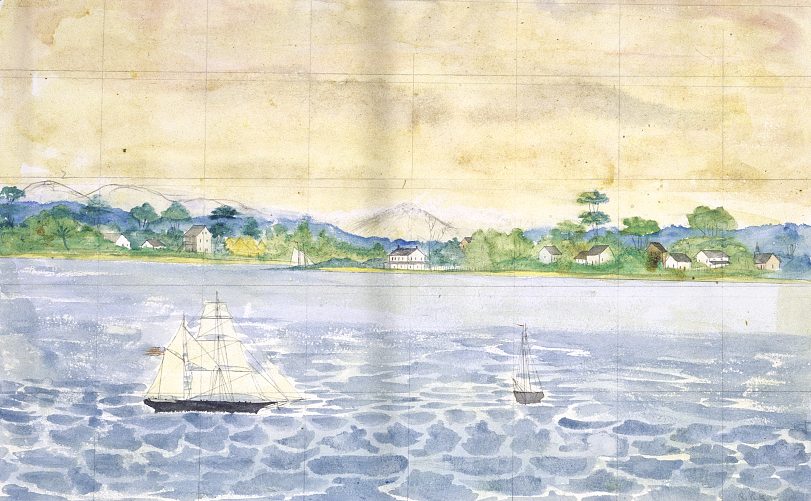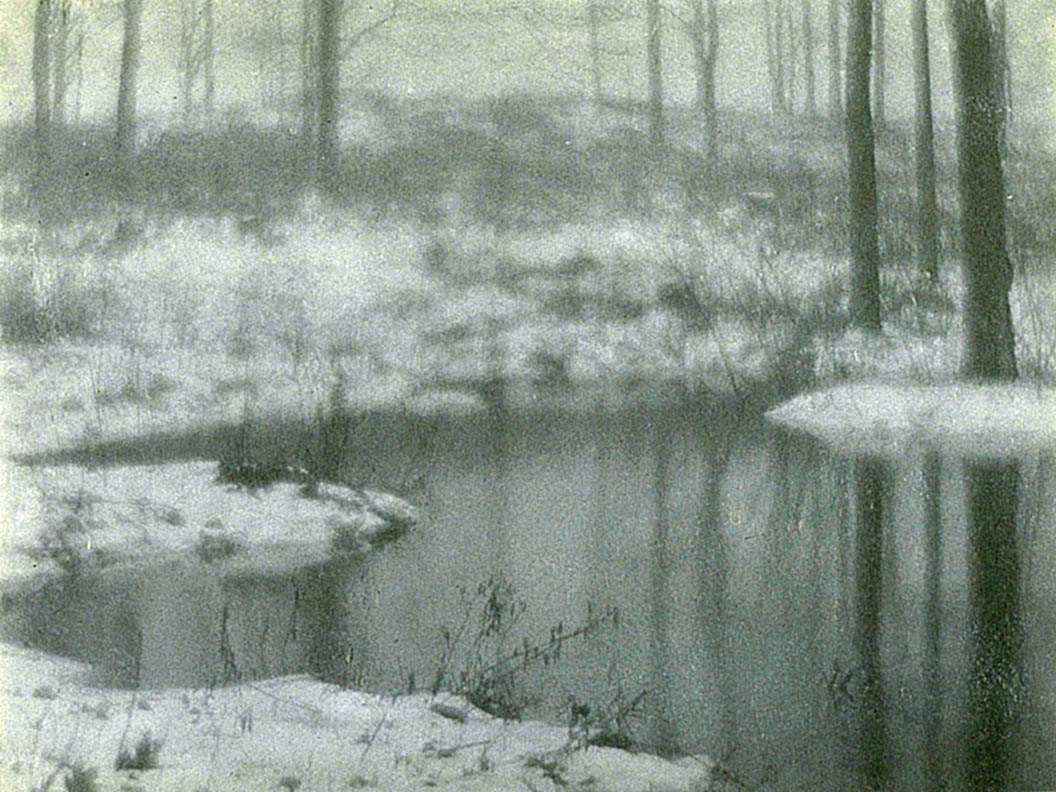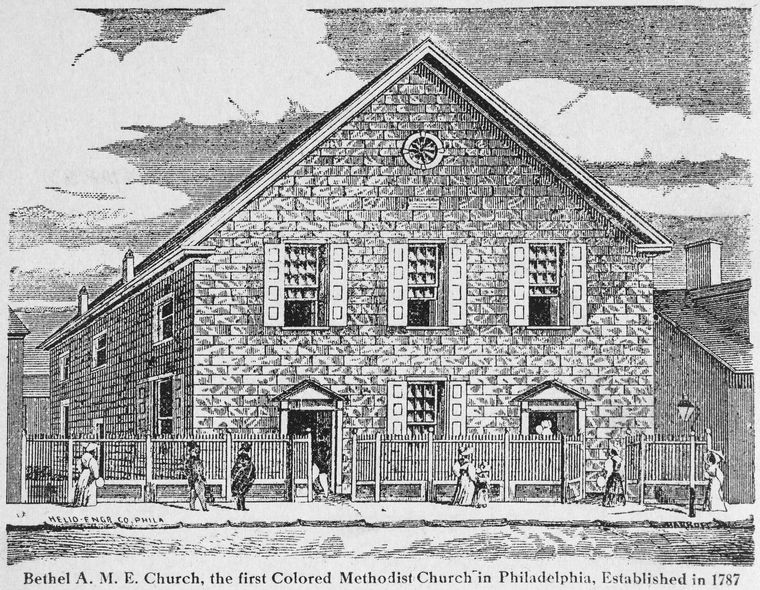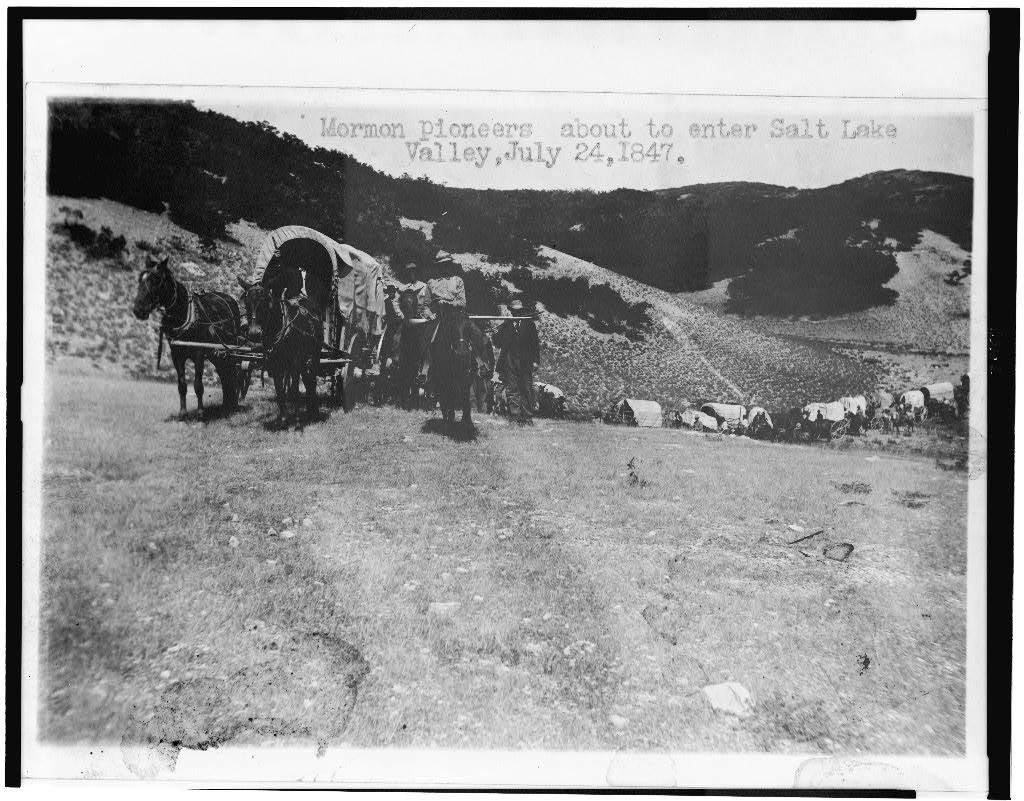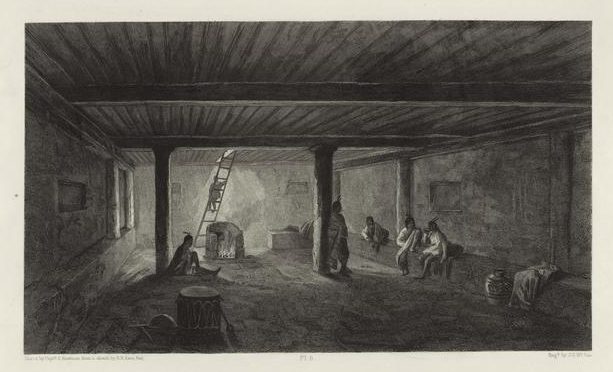Bethany Lutheran Evangelical Church, Wallace County, Kansas
1888 - 2013
Swedish settlers in western Kansas in the later nineteenth century organized a church in Wallace County.
In the Spring of 1888, Swedish immigrants began settling in Wallace county in far western Kansas. Swedes had already settled in Kansas, but further to the east. A famine in Sweden in 1866–67 prompted some of this earlier emigration. As was the case across the plains, some of the settlers in Wallace County were homesteaders, claiming land according to the provisions of the Homestead Act (1862). Others bought land from the railroads (the Santa Fe or the Union Pacific), which had been given to the railroads by the federal government to encourage them to build track. Some bought land from emigration companies, who typically bought land from the railroads and resold it to the immigrants they persuaded to settle in Kansas. One of these emigrant companies was established by a Swedish Lutheran minister and lay colleagues in Western Kansas. In their promotional literature, they quoted Isaiah: “The wilderness and the dry land shall be glad, the desert will rejoice and blossom”(35:1).
 Most of the Swedish settlers in Wallace County were Lutheran. On June 3, 1888, they organized the Bethany Lutheran Evangelical Church. The word “evangelical” in this case indicated that the church was influenced by a movement of religious renewal in Sweden that emphasized personal piety, in opposition to the more formalized worship and manner of the established Lutheran church, which was then the state church in Sweden (and remained so until 2000). The evangelical or pietistic movement discouraged the use of alcoholic beverages, for example.
Most of the Swedish settlers in Wallace County were Lutheran. On June 3, 1888, they organized the Bethany Lutheran Evangelical Church. The word “evangelical” in this case indicated that the church was influenced by a movement of religious renewal in Sweden that emphasized personal piety, in opposition to the more formalized worship and manner of the established Lutheran church, which was then the state church in Sweden (and remained so until 2000). The evangelical or pietistic movement discouraged the use of alcoholic beverages, for example.
Bethany Lutheran joined the Augustana Synod. A “synod” is a church governing body, originally consisting of bishops, but now also of clergy and sometimes of laity. The Augustana synod took its name from the Augsberg Confession (1530). (“Augustana” is the Latin version of Augsberg.) The Confession is a fundamental statement of the Lutheran faith. The Augustana Synod was a largely immigrant organization, and was originally theologically and socially conservative. Its members typically supported prohibition and opposed farmer alliance and other populist movements that developed in the closing decades of the nineteenth century.
 As Bethany Lutheran grew, it developed a parochial school and drew support from other Swedish communities in western Kansas, which had developed earlier. Pastors were in short supply, and in the early years could not be supported by the small Church. Students from Bethany College (established in 1881 by Swedish immigrants), in Lindsborg, Kansas 250 miles to the east filled in. A student from the College, which was affiliated with the Augustana Synod, would arrive by train at 4 AM, preside at services, have lunch and then return to Lindsborg. Bethany Lutheran eventually grew to have 300 members. Swedish probably remained the language of the services and preaching well into the 20th century, as it did in other Swedish immigrant churches in Kansas.
As Bethany Lutheran grew, it developed a parochial school and drew support from other Swedish communities in western Kansas, which had developed earlier. Pastors were in short supply, and in the early years could not be supported by the small Church. Students from Bethany College (established in 1881 by Swedish immigrants), in Lindsborg, Kansas 250 miles to the east filled in. A student from the College, which was affiliated with the Augustana Synod, would arrive by train at 4 AM, preside at services, have lunch and then return to Lindsborg. Bethany Lutheran eventually grew to have 300 members. Swedish probably remained the language of the services and preaching well into the 20th century, as it did in other Swedish immigrant churches in Kansas.
The division between more pietistic evangelical Lutheran churches and the state church in Sweden was replicated in Kansas and the United States by the division between pietistic Lutheran churches that remained in the Lutheran communion and the Mission Covenant Church (now known as the Evangelical Covenant Church), a Swedish immigrant pietistic denomination established in the United States in 1885. Swedish immigrants also established Baptist and Methodist churches.
In 1954, Bethany Lutheran moved to Weskan, Kansas, one of several towns that had developed in Wallace County. In 1962, the church became part of the Quad City parish, (Weskan, Sharon Springs, Tribune, Page). In the same year, the Augustana Synod, then known as the Augustana Evangelical Lutheran Church, joined with the United Lutheran Church of America, the Finnish Evangelical Lutheran Church of America, and the American Evangelical Lutheran Church to form the Lutheran Church in America (LCA). This merger represented in part a recognition of the faded importance of the immigrant roots of these Lutheran churches. In 1986, the Canadian churches of the LCA separated and joined the Evangelical Lutheran Church of Canada. In 1988, the LCA joined with the American Lutheran Church, and the Association of Evangelical Lutheran Churches to form the Evangelical Lutheran Church in America (ELCA), from which some groups later separated over various religious and social issues. The ELCA is one of several Lutheran church organizations operating in the United States.
Bethany Lutheran church held its last service in November, 2013. The building was subsequently moved from Weskan 22 miles to the Fort Wallace museum in Wallace, Kansas. The museum preserves the history of western Kansas when it was an outpost of western settlement.
